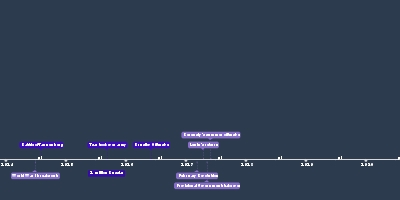Collectivisation (25 Jan 1928 Jahr – 25 Jul 1940 Jahr)
Beschreibung:
[unknown dates]SUCCESS:
- Dekulakisation & collectivisation put farming completely under state control so there was no opportunity for farmers to hold back grain in order to benefit from higher prices.
- by 1941 100% peasant households collectivised.
- Led to mass migration to the cities. between 1922 and 1940 the urban population of the USSR increased from 22 mil to 63mil
- members of the party were enthusiastic about the model.
- by the end of the 30s there was a significant mechanisation on collective farms: 95% of threshing and 72% ploughing done by machines.
- MTS Machine Tractor Stations: set up 1931 to provide seed and hire out tractors nad machinery to collective farms. 2500 established.
FAILURE:
- living standards fell in urban and rural areas in the 30s. wages declined
- Famine across the USSR killed 6-8million people
- Grain output did not exceed pre-collectivisation levels until 1935
- Livestock numbers fell by 25-30% and didn't recover until 1953.
- peasant opposition: many peasants killed their livestock and destroyed their machines, fearing they would be branded a Kulak
- Red Army and OGPU responded brutally to resistance: 10 million peasants killed
- 19million deported
- collectives were poorly organised and inefficient in early years.
- Dekulakisation removed the most knowledgable and successful farmers.
- little incentive to work hard: peasants focused more on thier own private plots. 70% of meat and milk came from private plots.
- passive resistance: apathy, neglect, petty insubortination on kolkhozes.
Zugefügt zum Band der Zeit:
Datum:
25 Jan 1928 Jahr
25 Jul 1940 Jahr
~ 12 years
